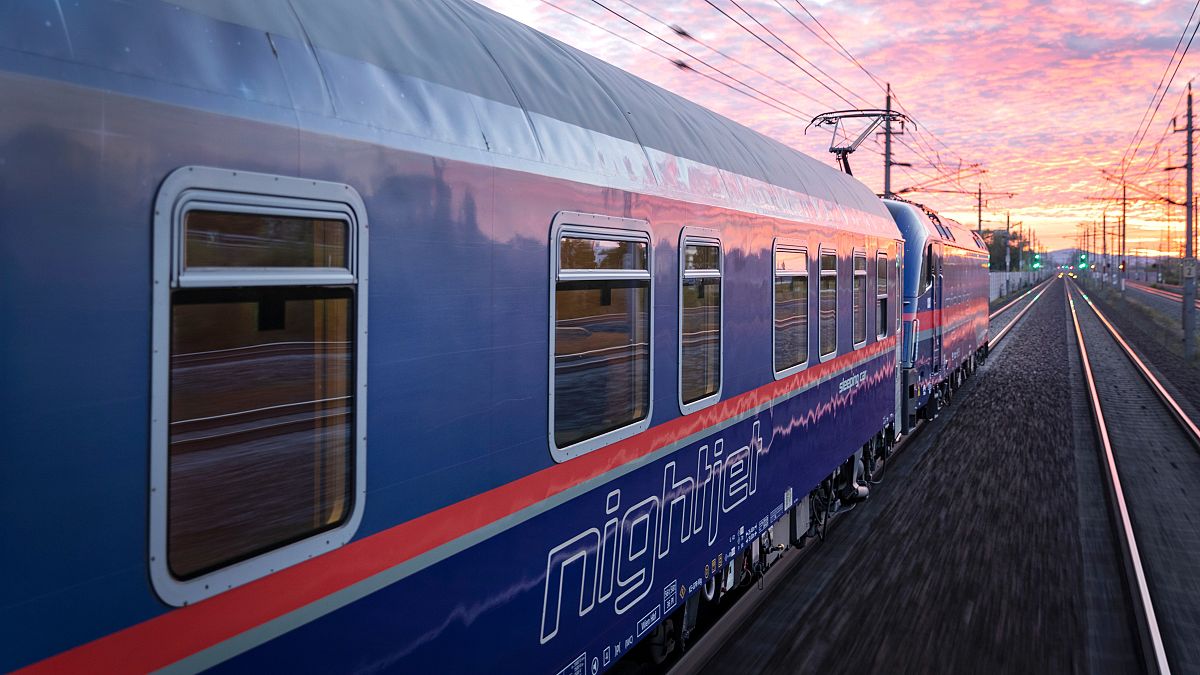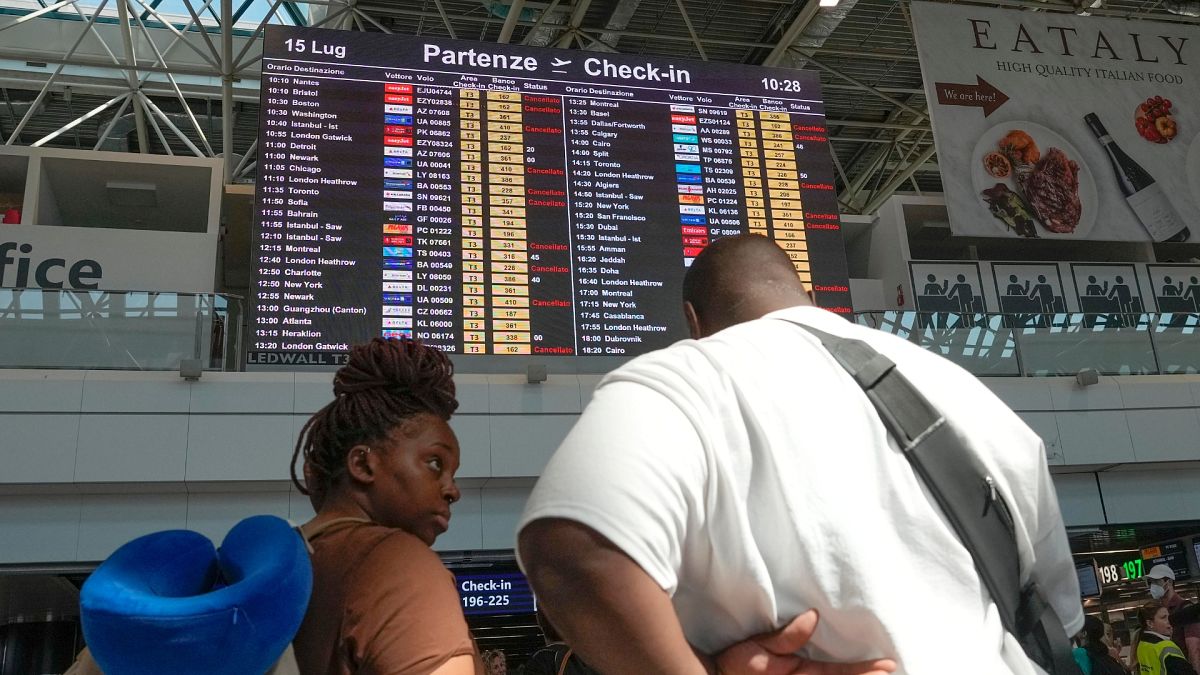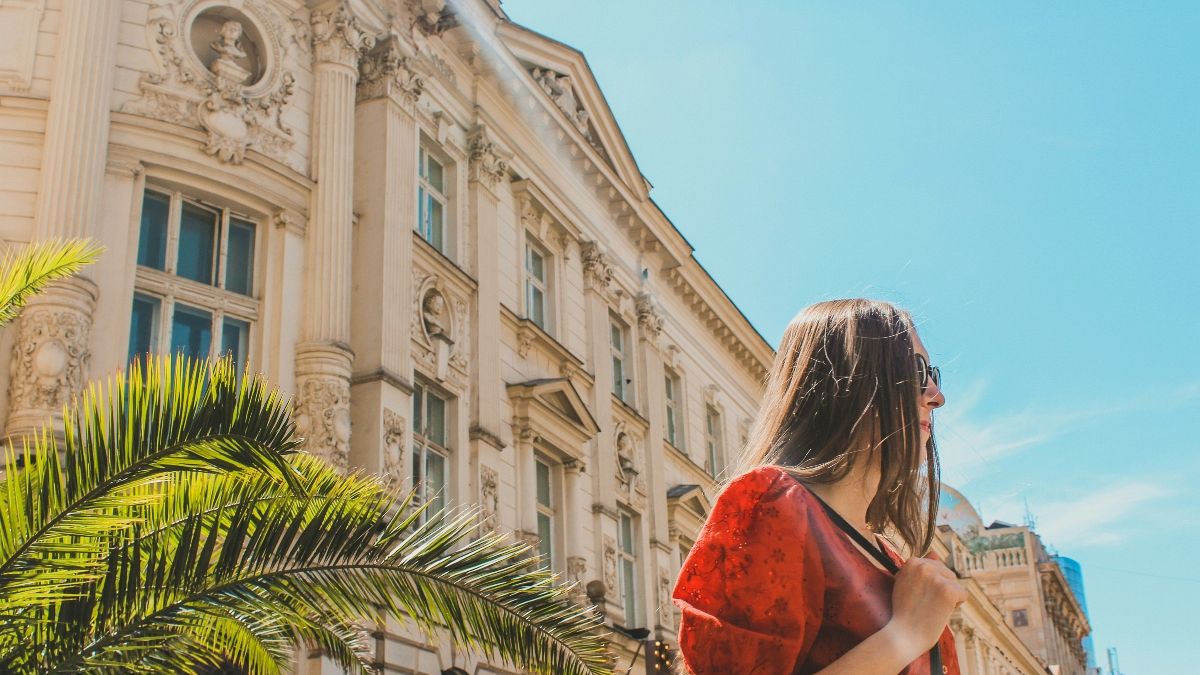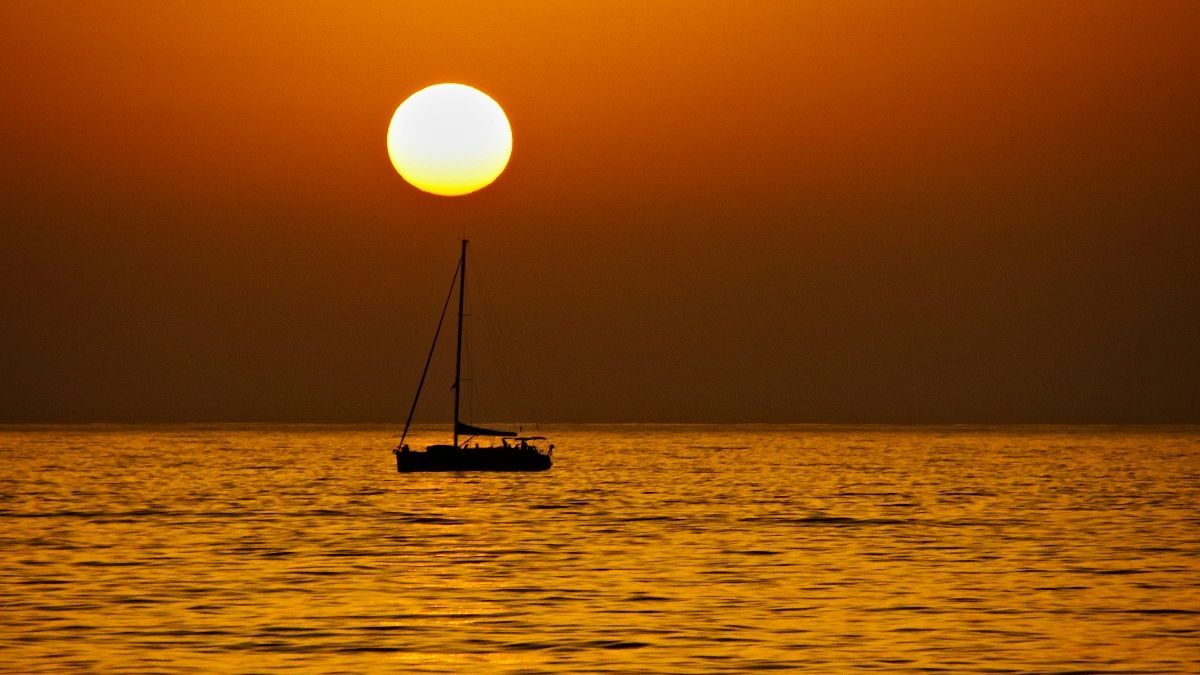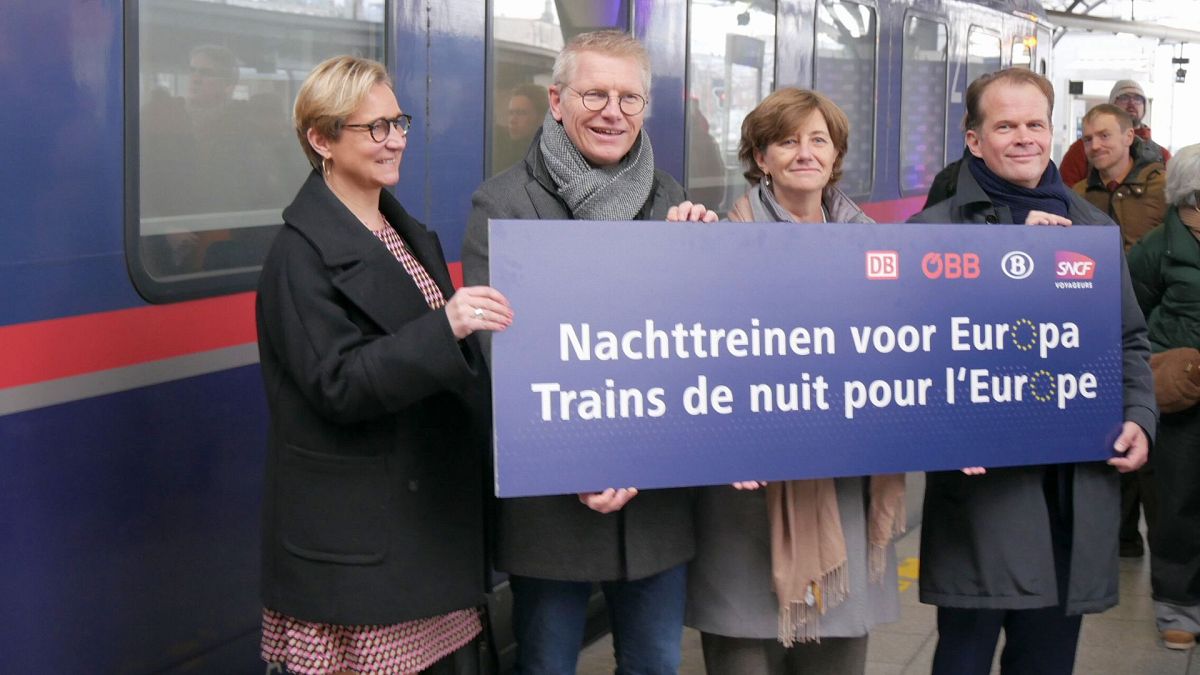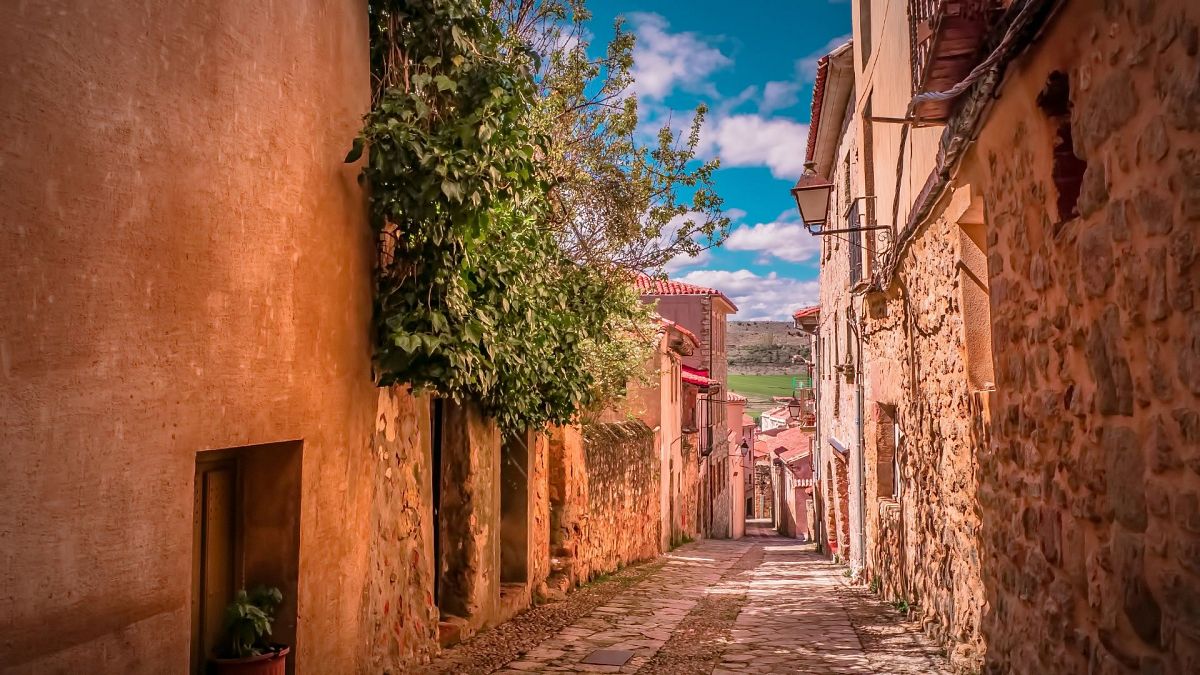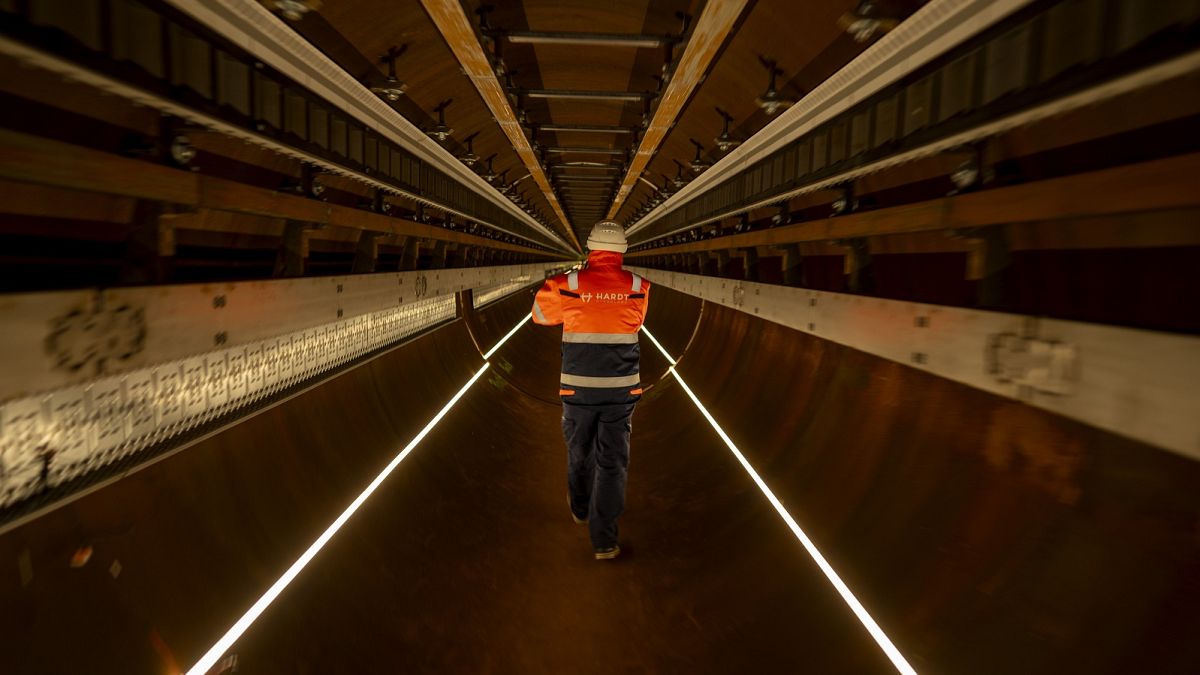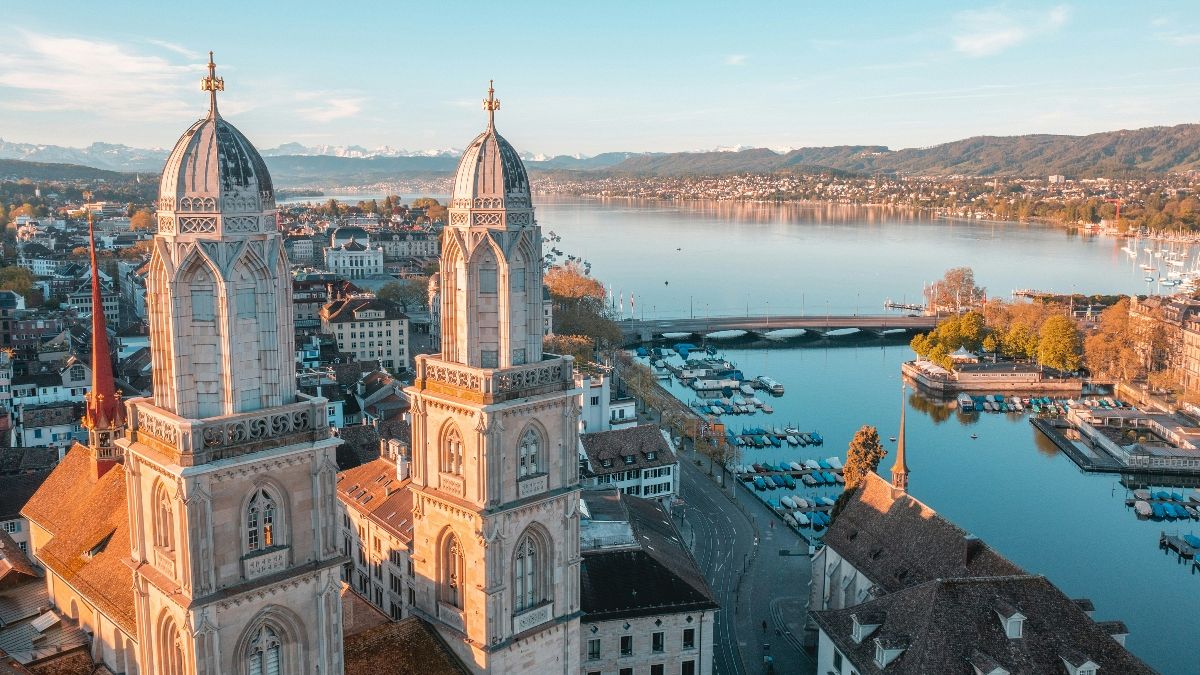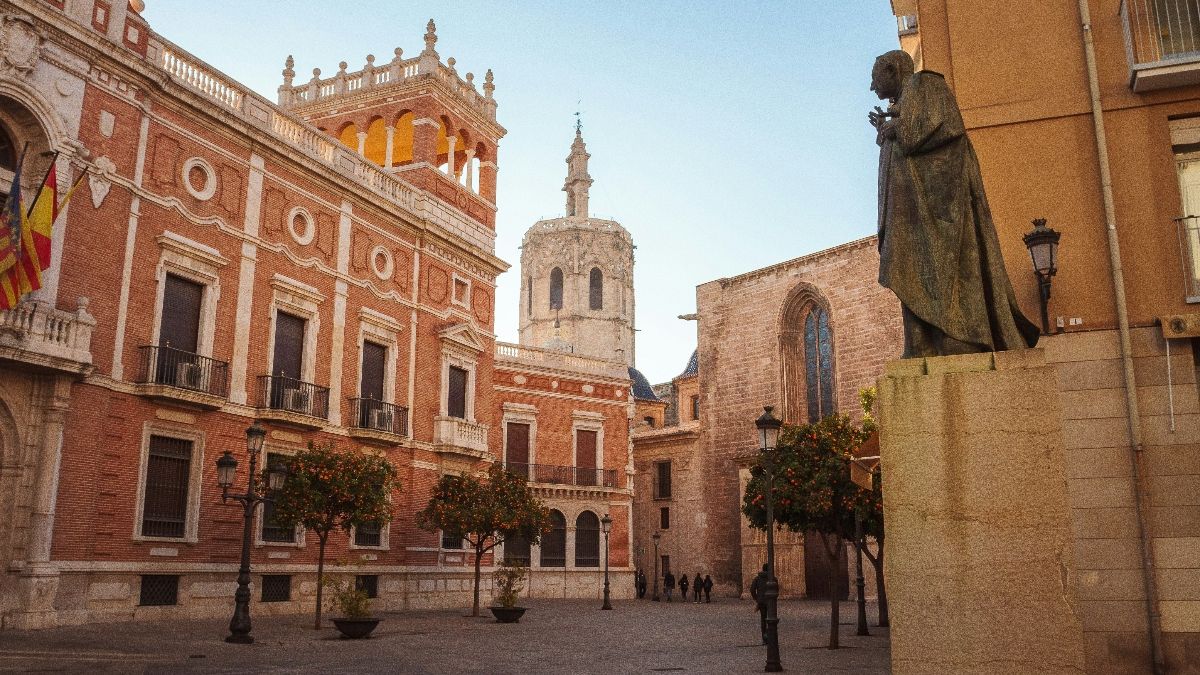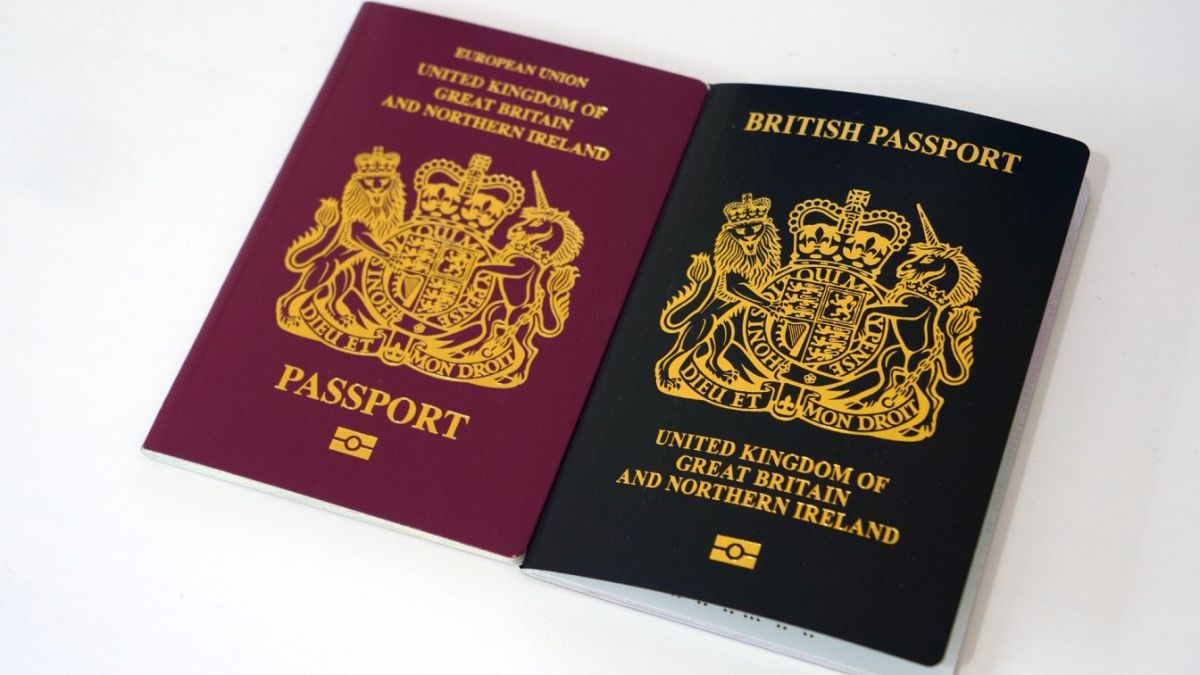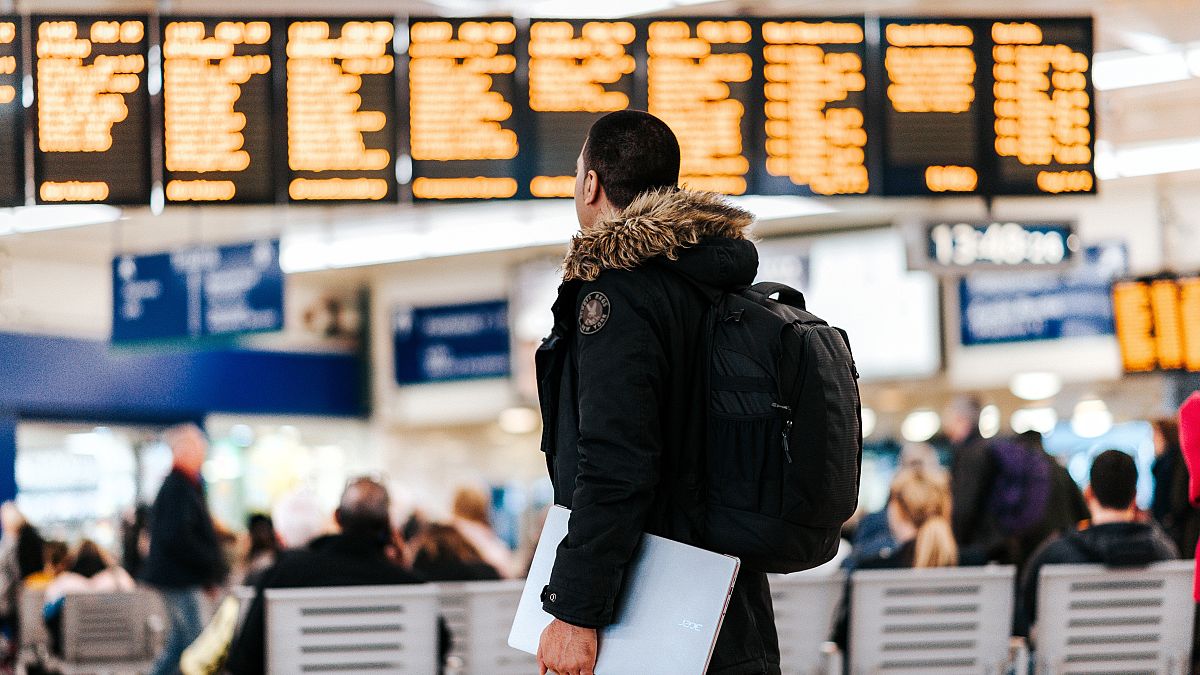Venice entry fee: Here’s when and how much you’ll have to pay in 2024
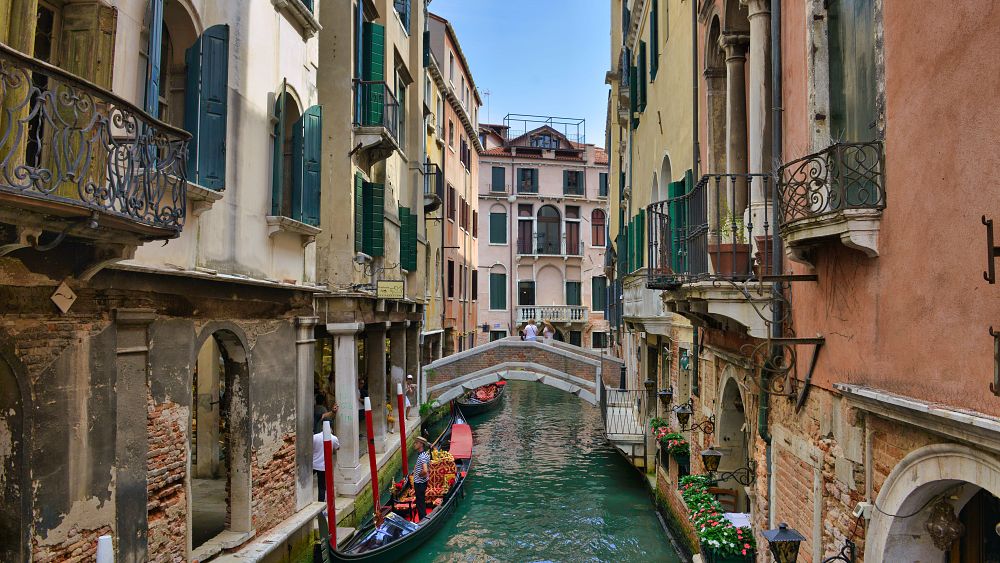
Venice authorities have unveiled a pilot program for their long-mooted plan to charge day-trippers to visit the city.
The tourist tax was due to launch earlier this year but was delayed over logistical issues and fears it would hit tourist revenue.
The entry fee aims to reduce crowds, encourage longer visits and improve quality of life for residents.
Here’s everything you need to know about when you’ll have to pay and how much.
Why is Venice introducing a tourist tax?
The rollout of the tourist tax comes after Venice narrowly escaped being placed on UNESCO’s danger list earlier this year because of the damage from overtourism on its delicate ecosystem.
Member states cited the proposed new entry fee in deciding to spare Venice from the list.
On Thursday, Venice mayor Luigi Brugnaro said that the fee is not an attempt to bring in extra revenue.
Rather, it is a ‘first-of-its-kind experiment’ to regulate tourist flows in one of the world’s most-visited places.
The aim of the charge is to incentivise visitors to avoid high-traffic periods and come on other days.
“Our attempt is to make a more livable city,” he said at a news conference outlining the pilot program.
When will visitors have to pay to visit Venice?
Starting next year, visitors will have to pay a fee of €5 to enter the fragile lagoon city.
The charge will be in place on peak weekends and other days between April and mid-July – 29 days in total.
The day-tripper fee will be in force during peak hours from 8:30 am until 4 pm, meaning visitors who come into Venice for dinner or a concert won’t have to pay.
Who has to book a ticket to visit Venice?
A host of exemptions apply to the entry fee system.
Those who don’t have to pay the day-tripper tourist tax include residents, Venetian-born visitors, students and workers, as well as tourists who have hotel or other lodging reservations.
How can I book my ticket for Venice?
On 16 January, a website will go live at which visitors can ‘reserve’ their day in Venice.
Day trippers pay €5 and get a QR code that will then be checked at spot controls at seven access points around the city, including at the main train station.
Visitors with hotel reservations enter their hotel information and also get a QR code to show. They don’t have to pay, however, since their hotel bill will already include a Venice lodging fee.
How is Venice making tourism more sustainable?
After COVID-19 lockdowns devastated its tourism industry, Venice has been trying to rethink its relationship with visitors in a more sustainable way while also seeking to incentivise its residents to stay put.
The city has been forced to take action in response to the steady exodus of Venetians to the mainland.
After pressure from UNESCO and environmentalists, authorities have finally banned big cruise ships from sailing past St Mark’s Square and through the Giudecca canal.
Venice has been pointing to longer-term tourists as key to its survival since they tend to spend more.
Brugnaro said in no way does the new day-tripper contribution discourage tourism overall, but just seeks to manage it better.
He acknowledged the visitor program will probably have glitches and will need to be amended. But he said that after years of study and talk, it was time to roll it out.
Source: Euro News


